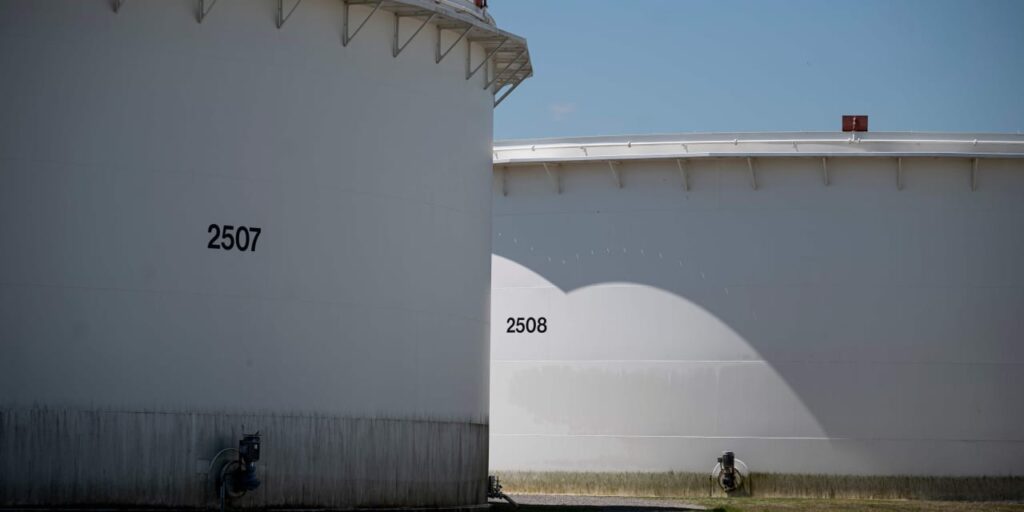The U.S. Energy Information Administration has been implementing changes to the way it collects its data, and it hasn’t been easy to understand what those changes mean for the traders who use the government agency’s reports to make key decisions.
Looking through the changes to the EIA’s data collection process, Tyler Richey, co-editor at Sevens Report Research, said it was “not very clear exactly how the data will be affected.”
It appears that previous data collection processes had “‘loopholes’ that allowed certain condensates and ‘other oils’ to not be reported in inventories, but now will be required to be reported in total oil inventory figures,” he said.
The simplest takeaway is that the next effect of this change should result in oil inventories being higher than they previously were, said Richey.
The EIA in March explained that the difference in its estimates of supply and disposition had increased in its U.S. crude-oil balances and that it was studying the growing difference. It identified ways in which is has been “overstating disposition and understating supply.”
Also in March, when the government agency released its Annual Energy Outlook 2023, it included a note that said the National Energy Modeling System, which produces the annual outlook, requires “substantial updates to better model hydrogen, carbon capture, and other emerging technologies.” As a result of that, the agency does not plan to publish an annual report for 2024.
Then, in a posting on social-media platform X, the EIA said in August that it was going to implement changes in three phases, in an effort to “improve our accounting of petroleum supply and disposition.”
The government agency also delayed last week’s Petroleum Status Report covering the week ended Nov. 3, citing “planned system upgrades,” though it wasn’t clear if that was directly connected to the data collection changes.
The EIA released two weeks of data on Wednesday. It reported a climb of 3.6 million barrels in domestic commercial crude inventories for the week ended Nov. 10. The data total it provided for the week ended Nov. 3 revealed a rise of 13.9 million barrels from the week ended Oct. 27.
Read: Oil prices decline as U.S. crude supplies mark a 2-week climb of more than 17 million barrels
Earlier this week, it explained that the Weekly Petroleum Status Report released on Nov.15 would begin showing “transfers to crude oil supply to national volumetric balance tables for petroleum and biofuels, and propane that is fractionated and ready for sale.”
“Transfers to crude oil supply,” the EIA said, include barrels of unfinished oil and natural-gas liquids it defined as being added to crude-oil supply blending.
It’s “trying to break down the types of oil in the report so people can get a better view as to what the total number reflects,” said Phil Flynn, senior market analyst at The Price Futures Group.
“The old way of collecting that data added to either the undercounting of some barrels, or the double counting in other cases,” he told MarketWatch. That led to the EIA “having to make huge weekly and monthly adjustments to the barrels.”
That also led to a “false sense of security when different grades of oil were grouped together giving the impression that there was more or less supply than was really available,” said Flynn. At the same time, it skewed the EIA’s implied demand numbers and, in many cases, led to the “perception of lower demand” than what was actually occurring.
“The EIA has been attempting to “evolve with the new ways that we are producing oil.””
The agency has been attempting to “evolve with the new ways that we are producing oil,” he said. The shale revolution and new production techniques have “created more blends of crude that are not as easily put into a lump sum category.”
By breaking down crude-oil classes, the EIA will allow the reporting to be more accurate as it improves its data collection, he said.
That said, the EIA is not done making its changes.
On Wednesday, the agency noted that while it has resumed its regular data publication schedule following last week’s delays, “intermittent disruptions to data availability via dashboards, tools, and data browsers on our website will continue as we complete our planned system upgrades.”
Read the full article here

